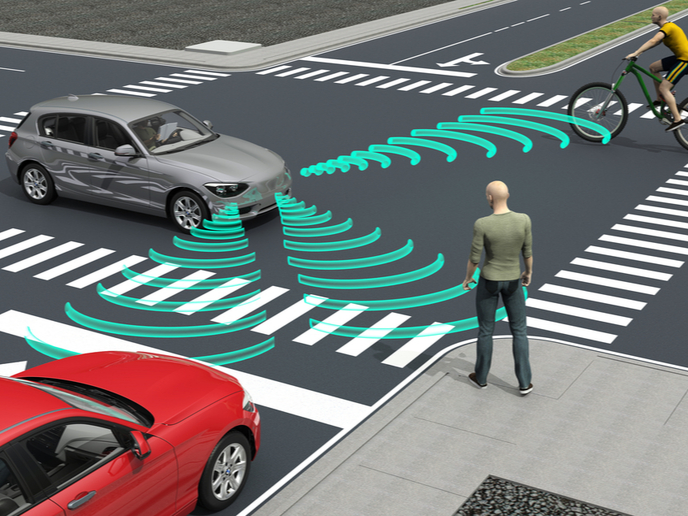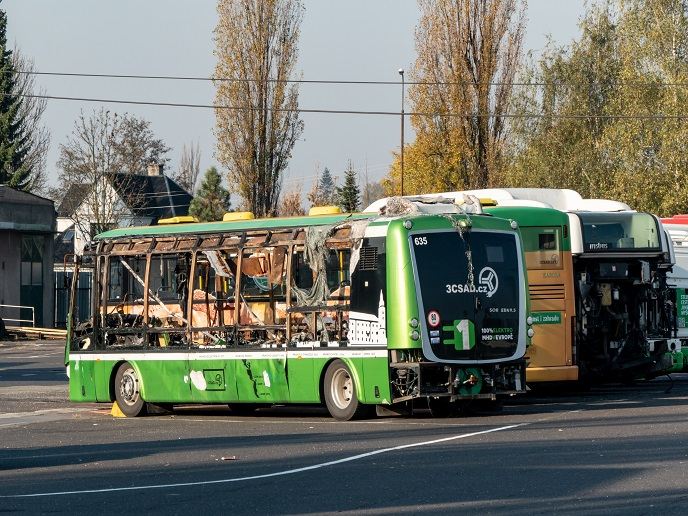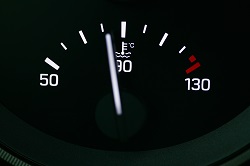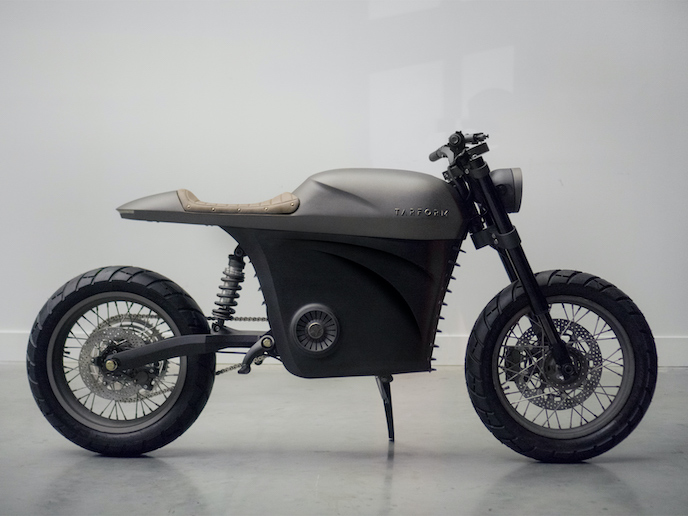Innovative device to significantly enhance air quality in all types of vehicles
Living in environments with few or no negative ions has been scientifically proven to harm human health. The lack of negative ions causes drowsiness, fatigue, slow reactions, loss of concentration and increased irritation. The air inside a car is heavily polluted and completely depleted of negative ions. Air conditioning destroys negative ions that would otherwise enter the cabin through outside ventilation. “Fortunately, we can remedy concentration loss and fatigue simply by adding negative ions back into a car cabin,” says Lin Luksa, coordinator of the EU-funded IONEXAir(opens in new window) project. “Negative ions emitted from air ionisers can prevent these risks by reducing stress hormone levels and increasing the level of oxygen in your blood, thus improving the driver’s concentration and contributing to safer driving.” Air ionisation technology for a safer, healthier driving experience To achieve its goals, the project integrated air ionisation in all types of vehicles, including electric cars. The IONEXAir ioniser adds a sufficient number of negative ions into a car to improve its cabin’s air conditions. “The main feature is a uniquely designed and patented carbon brush that emits large amounts of negative ions without ever generating harmful ozone, thus cleaning the air of carcinogenic particulate matter particles,” explains Luksa. As a result, the air is completely clean and enriched with remaining negative ions that have beneficial effects on health as they enter through the lungs and into the blood. This allows drivers to be more focused and alert. The IONEXAir ioniser is cost efficient, easy to install and flexible. It can simply be added to air conditioning systems in cars. Market research performed in mid-2018 showed that no such product is available anywhere in the world. “The state of technology hasn’t changed since we filed our proposal – there are some portable air ionisers available, but they operate on metal needles that emit ozone,” adds Luksa. Setting sights beyond auto industry Following a feasibility study, project partners refocused their efforts by concentrating on the heating, ventilation and air conditioning (HVAC) industry overall instead of the automotive sector. As Luksa explains, the HVAC industry receives completely finalised air conditioning systems from their so-called Tier 1 suppliers. The automotive sector only assembles all the systems from different Tier 1 suppliers and doesn’t integrate any specific parts within each system. “Our innovation would represent only a part of an air conditioning system, so it’s best we become a sub-supplier, or Tier 2 supplier,” she adds. “To further develop IONEXAir and reach the commercialisation phase, we’d like to appeal to all potential HVAC partners.” The consortium carried out an in-depth analysis of the new target customer and market. By incorporating the IONEXAir solution, HVAC products will achieve a market advantage, boost competitiveness and enhance the air cleaning capacities of current devices. The IONEXAir ioniser can be integrated into buildings’ HVAC systems, in heat recovery ventilation and even in furniture. “By increasing the levels of negative ions, the IONEXAir innovation creates in all types of vehicles an environment that is safer, human-friendly, more stress-free and healthier,” Luksa concludes. “Indoor air, which most of us breathe far more often than outdoor air, is key to our health.”







